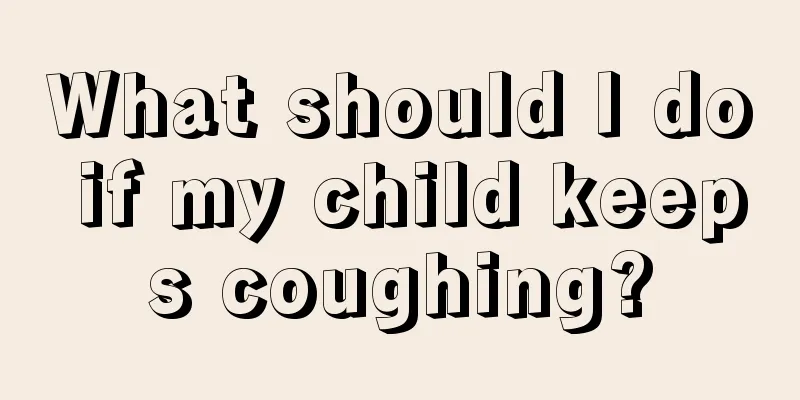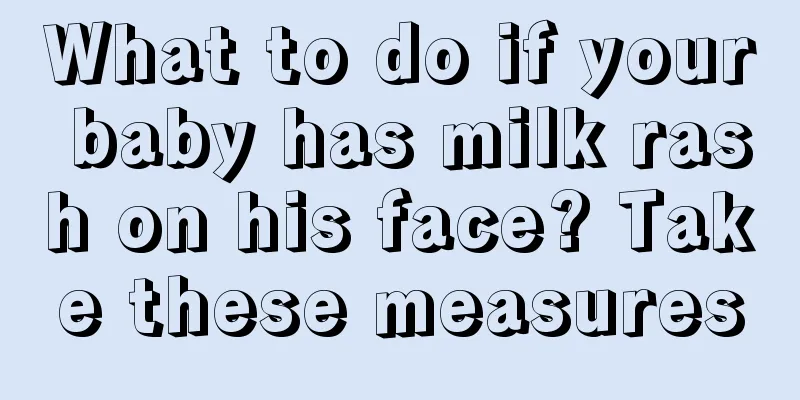Subcutaneous hemorrhage on the child's face

|
There are subcutaneous hemorrhage spots on the child's face, which is mainly caused by rupture of capillaries. There are many causes, including medication and allergies. For example, mosquito bites often lead to such symptoms. Of course, we should also pay attention that allergic purpura can also cause such symptoms. Children's subcutaneous bleeding must be taken seriously and go to the hospital for examination in time. Subcutaneous hemorrhage on the child's face The main cause of subcutaneous bleeding is damage to the blood vessel wall, which causes blood to seep out of the blood vessel. The diameter of the bleeding spot is 3-5 mm, which is called purpura. Diseases that cause purpura include allergic purpura, allergic purpura caused by sulfa drugs, and allergic purpura after insect bites is also common. The elasticity of blood vessels in the elderly decreases and their fragility increases, so even a slight collision will cause subcutaneous bleeding. Young women often have purpura, which disappears on its own without treatment. The cause of purpura is unknown. Any other factors that increase the fragility of blood vessel walls can cause subcutaneous bleeding, such as bacterial or viral infection, malnutrition, vitamin C deficiency, and rare hereditary hemorrhagic telangiectasia. In addition to the above-mentioned vascular damage factors, it is also related to thrombocytopenia or poor platelet quality. There are many diseases that cause changes in platelet quality, such as idiopathic thrombocytic purpura. It can also be caused by lesions in the hematopoietic bone marrow depot, such as aplastic anemia, leukemia, and myeloma. Physical and chemical factors destroy the megakaryocytes that produce platelets, such as radiation, anti-cancer chemotherapy, etc. What to do if a child has subcutaneous bleeding on his face What should you do if a child has subcutaneous bleeding on his face? First, you need to find out the cause. If the situation is serious, it is best to go to the hospital for a routine blood test. In daily life, we often find "black and blue patches" on the body surface, which are medically called purpura. This is a sign of subcutaneous bleeding. This bleeding can be like a pinhole, called a petechiae; it can also be a large area, which is the overflow of blood in the blood vessels. The color is bright red at first, and turns into yellow-brown old bleeding after 2-3 days. Petechiae, purpura and ecchymosis all indicate subcutaneous bleeding, but the amount of bleeding and the size of the bleeding range are different. If subcutaneous bleeding is accompanied by significant swelling of the skin, it is called hematoma. When children have subcutaneous bleeding on their face, they should pay attention to their platelet count, especially bleeding spots caused by thrombocytopenia and the possibility of diseases such as scurvy. It is recommended to further check the platelet count and coagulation time. Pay attention to avoid fatigue, eat more vegetables and fruits, actively supplement vitamin C, and seek further examination when necessary. |
<<: The child coughs and has bleeding spots on his face
>>: Why does the child spit blood?
Recommend
What milk powder should I drink if I am lactose intolerant? Tips for choosing milk powder
Nowadays, more and more babies are lactose intole...
Childhood trauma affects a person's entire life
For normal people, childhood is a very beautiful ...
What are the symptoms of indigestion in babies?
Baby indigestion is a common condition in the bab...
What to do if your child has bacterial balanitis
Children are more active and often run around, ge...
What should I do if my child has recurring high fever?
Nowadays, there are many unscrupulous businesses ...
What is the treatment for a child's cough?
When children are sick and in pain, the parents a...
Is coral sugar harmful to children?
Children are particularly fond of sweets, so they...
What to do if your one-year-old baby swallows a plum pit
In real life, because babies are curious and want...
What to do if the baby has a big gap between his front teeth
When many babies start to grow teeth, there is a ...
What is the reason for the small red spots on the forehead of the newborn baby?
Many expectant mothers are troubled by a phenomen...
How to do muscle training for children?
When children are growing and developing, proper ...
How is encephalitis diagnosed in children?
We all know that newborns can only cry when they ...
What are the symptoms of poor spleen and stomach in children?
Parents need to pay attention to their children&#...
Treatment of tonsillitis in children
Tonsillitis, more people call it pharyngitis. Bec...
Symptoms of onychomycosis in children
If a child has onychomycosis, parents must take t...









